What Is The Best Refrigerant Recovery Machine
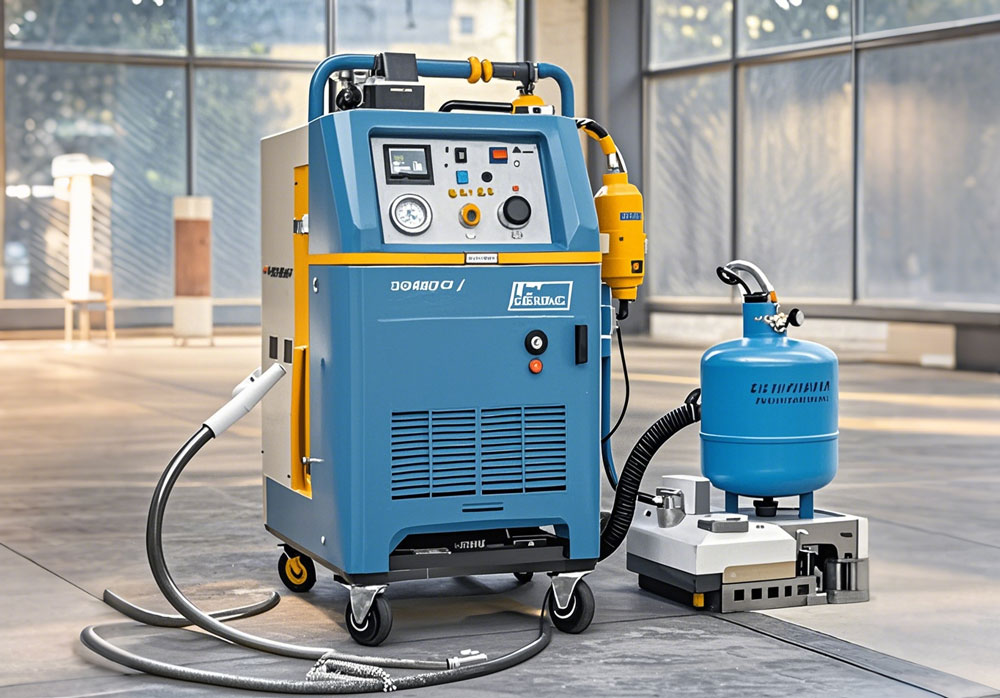
Introduction: Choosing the Best Refrigerant Recovery Machine
Selecting the best refrigerant recovery machine is a vital decision for HVAC professionals and technicians. With the right machine, you can ensure efficiency, compliance with regulations, and environmental safety. This guide explores every aspect of these devices, helping you make an informed choice.
Understanding Refrigerant Recovery Machines
What Is a Refrigerant Recovery Machine?
A refrigerant recovery machine is a specialized device designed to extract refrigerants from cooling systems without releasing them into the atmosphere. These machines collect refrigerants for recycling or proper disposal, safeguarding both the environment and human health.
Why Are Refrigerant Recovery Machines Essential?
These machines play a critical role in environmental conservation. By preventing the release of harmful chemicals, they reduce ozone layer depletion and mitigate the impact of greenhouse gases. Beyond environmental benefits, they are essential for meeting regulatory requirements, avoiding hefty fines, and maintaining professional credibility.
How Refrigerant Recovery Machines Work
Refrigerant recovery machines use compressors to create a pressure differential, drawing refrigerants out of cooling systems. The process involves condensing the gases into a liquid state and transferring them into a recovery tank. This closed-loop system ensures no refrigerant escapes into the atmosphere.
Key Benefits of Using Refrigerant Recovery Machines
Compliance: Ensure adherence to EPA regulations and local laws.
Cost Savings: Recover and reuse refrigerants, reducing expenses.
Environmental Impact: Minimize emissions, contributing to sustainability efforts.
Safety: Protect workers from exposure to hazardous substances.
Types of Refrigerant Recovery Machines
Overview of Direct and Push-Pull Recovery Methods
Direct Recovery: A single-step process ideal for small-scale applications.
Push-Pull Recovery: A two-phase method designed for high-volume systems, separating liquid and vapor recovery for increased efficiency.
Compact Machines vs. Industrial-Grade Machines
Compact Machines: Lightweight and portable, perfect for residential or light commercial use.
Industrial-Grade Machines: Heavy-duty devices built for extensive or industrial applications, offering greater power and capacity.
Single-Refrigerant vs. Multi-Refrigerant Machines
Single-Refrigerant Machines: Optimized for specific refrigerants, offering enhanced performance for targeted jobs.
Multi-Refrigerant Machines: Versatile solutions for technicians handling various refrigerant types, reducing the need for multiple devices.
Key Features to Look For in a Refrigerant Recovery Machine
Portability and Design: Why Size Matters
Compact designs make transportation easier, especially for mobile technicians. Look for machines with ergonomic handles and lightweight construction.
Performance Metrics: Speed and Efficiency
High recovery rates reduce job completion time. Machines with advanced compressors and efficient cooling mechanisms excel in performance.
Built-in Safety Features: Auto Shut-Off and Leak Detection
Safety features like auto shut-off prevent overfilling, while leak detection systems ensure hazardous substances are contained.
Compatibility with Various Refrigerants
Choose machines compatible with both traditional and modern refrigerants, including HFCs, HCFCs, and natural alternatives.
Ease of Maintenance and Durability
Robust construction and user-friendly designs simplify maintenance. Look for models with accessible components and reliable warranties.
Top Brands and Models in the Market
Industry Leaders: Trusted Brands for Professionals
Brands like Appion, Robinair, and Yellow Jacket are renowned for reliability and innovation, making them favorites among HVAC professionals.
Budget-Friendly Options for Small Businesses
Cost-effective models from companies like Fieldpiece provide excellent functionality without breaking the bank, ideal for smaller operations.
Innovative Models with Advanced Technology
Explore cutting-edge options featuring digital interfaces, IoT connectivity, and energy-efficient designs to enhance your workflow.
How to Match a Recovery Machine to Your Needs
Factors to Consider: Job Size and Frequency
Evaluate the scale of your work. Large-scale operations require industrial-grade machines, while portable models suffice for occasional use.
Working with Different Refrigerant Types
Ensure the machine can handle the refrigerants you encounter, including modern eco-friendly options.
Choosing Between Portable and Stationary Models
Portable machines offer flexibility, while stationary models provide stability and higher capacity for demanding tasks.
Maintenance and Care for Refrigerant Recovery Machines
Daily Maintenance Checklist
Inspect hoses and connections for leaks.
Clean external surfaces to prevent debris accumulation.
Check oil levels and replace as needed.
Long-Term Servicing: When to Call a Professional
Annual professional servicing ensures your machine remains in peak condition. Certified technicians can detect and address issues you might overlook.
Common Mistakes to Avoid During Maintenance
Neglecting filter replacements.
Ignoring unusual sounds or vibrations.
Using incorrect tools for repairs.
Troubleshooting Tips for Refrigerant Recovery Machines
Identifying Common Problems and Quick Fixes
Address issues like overheating by checking ventilation or cleaning clogged components. For persistent problems, consult the manual.
Dealing with Error Codes
Error codes provide diagnostic information. Refer to the user manual or manufacturer’s website for specific solutions.
When to Repair vs. Replace Your Machine
Evaluate repair costs against the machine’s age and performance. Replacement is often more economical for outdated or frequently malfunctioning units.
Environmental and Regulatory Considerations
Why Compliance Matters: EPA Standards
Compliance with EPA standards ensures legal operations and promotes environmental protection. Non-compliance can result in severe penalties.
Understanding Refrigerant Recycling and Disposal Laws
Proper disposal prevents environmental harm. Many jurisdictions mandate recycling to reduce waste.
The Role of Recovery Machines in Reducing Emissions
Efficient recovery minimizes leaks, supporting global efforts to combat climate change and protect the ozone layer.
FAQs About Refrigerant Recovery Machines
Can You Recover All Types of Refrigerants?
Modern machines are compatible with most refrigerants, but always verify specifications to ensure suitability.
How Long Does a Typical Recovery Process Take?
Recovery time varies based on system size, refrigerant type, and machine capacity, ranging from minutes to hours.
Is a Recovery Machine Necessary for DIY Jobs?
Yes, even DIY tasks require recovery machines to ensure safety and compliance with regulations.
Case Studies: Best Recovery Machines in Action
Success Stories from HVAC Professionals
Learn how top technicians achieved efficiency and compliance using advanced recovery machines.
Real-World Applications of Top Machines
Explore diverse use cases, from residential installations to large-scale industrial applications.
Conclusion: Making the Right Investment
Choosing the right refrigerant recovery machine ensures efficiency, safety, and environmental responsibility. Invest in a model that aligns with your needs and supports your professional growth. Prioritize maintenance and skill development to excel in this critical aspect of HVAC work.
Must-Read Blogs For Chain Restaurants Owner








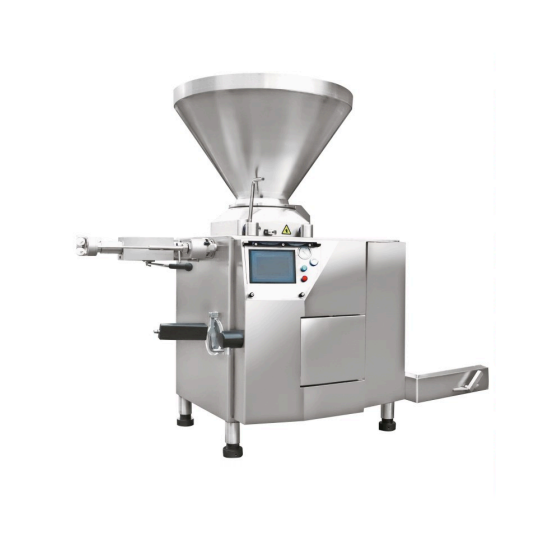
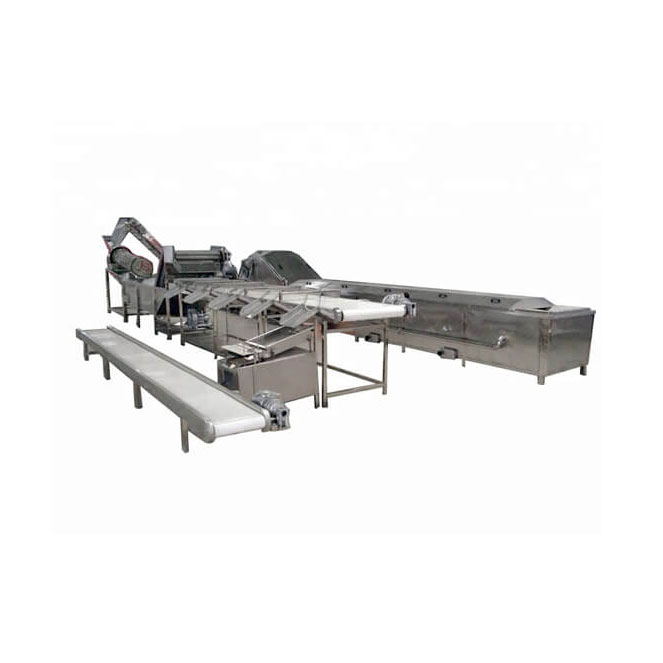
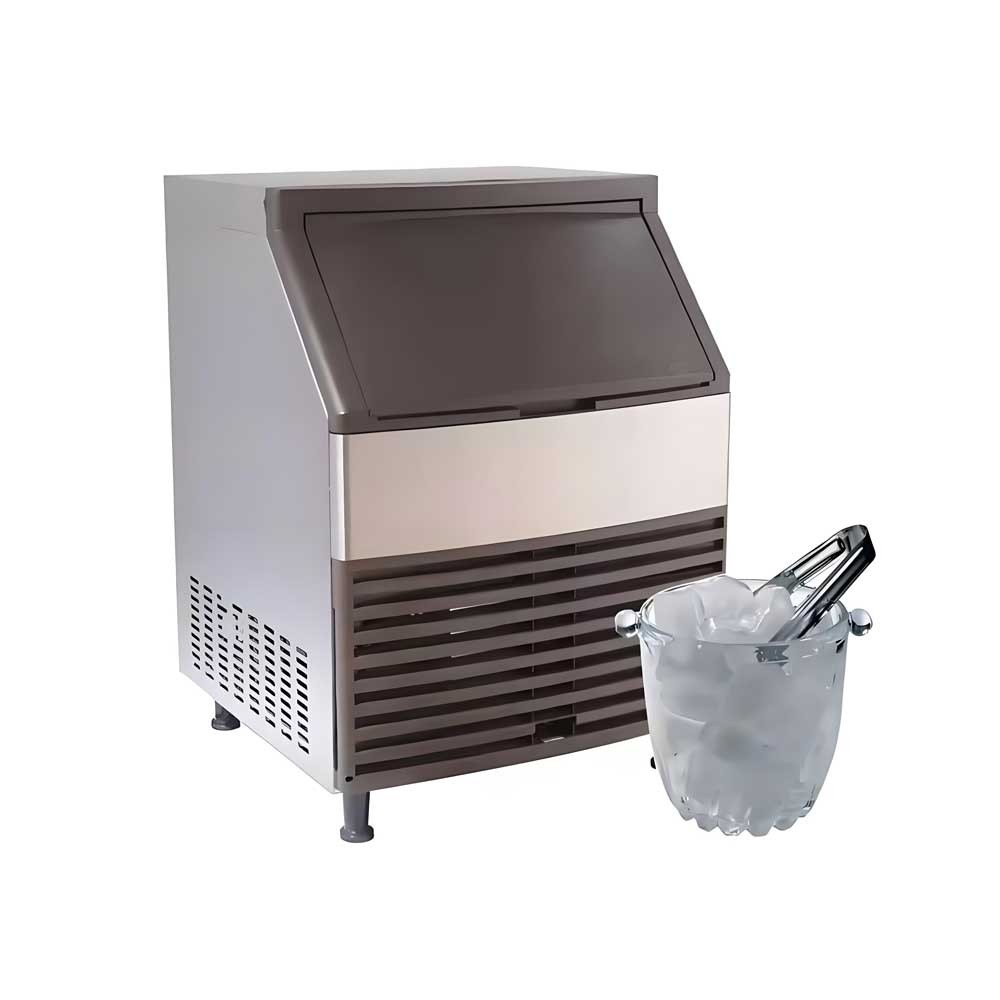
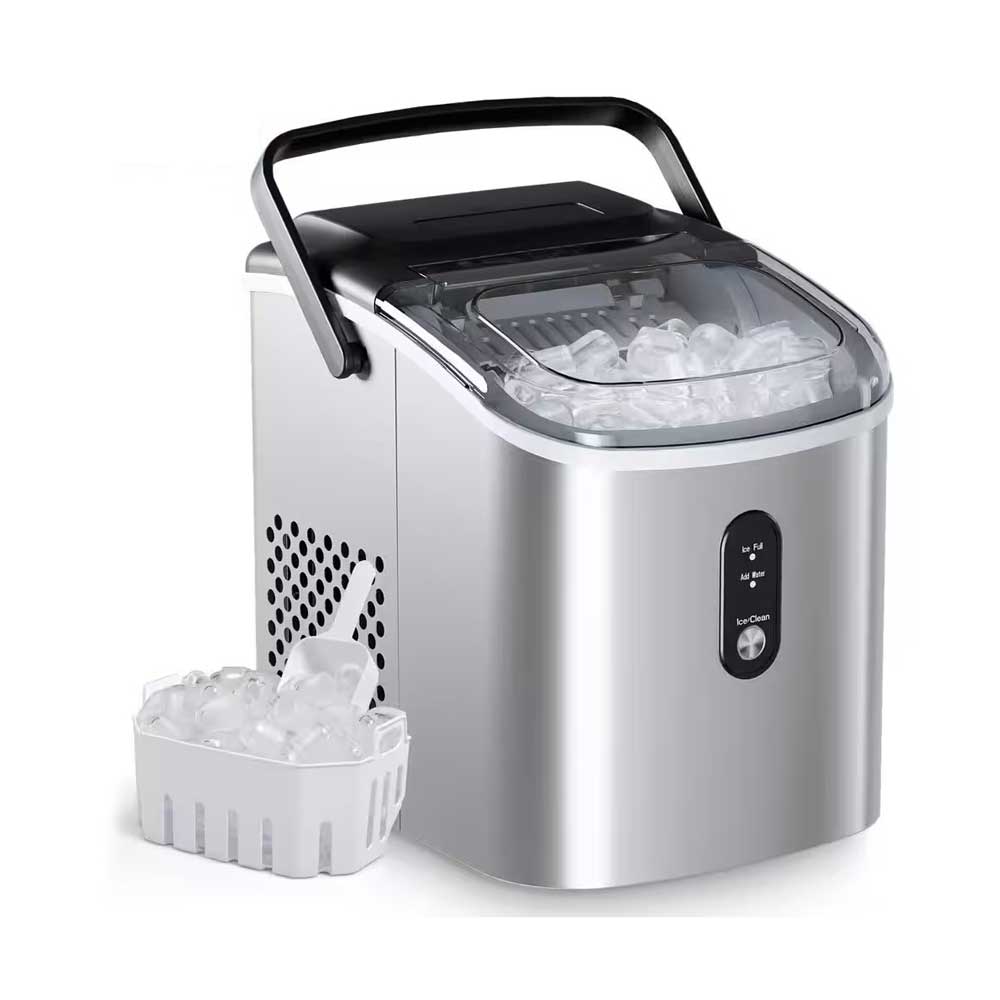 Portable Flake Ice Machine
Portable Flake Ice Machine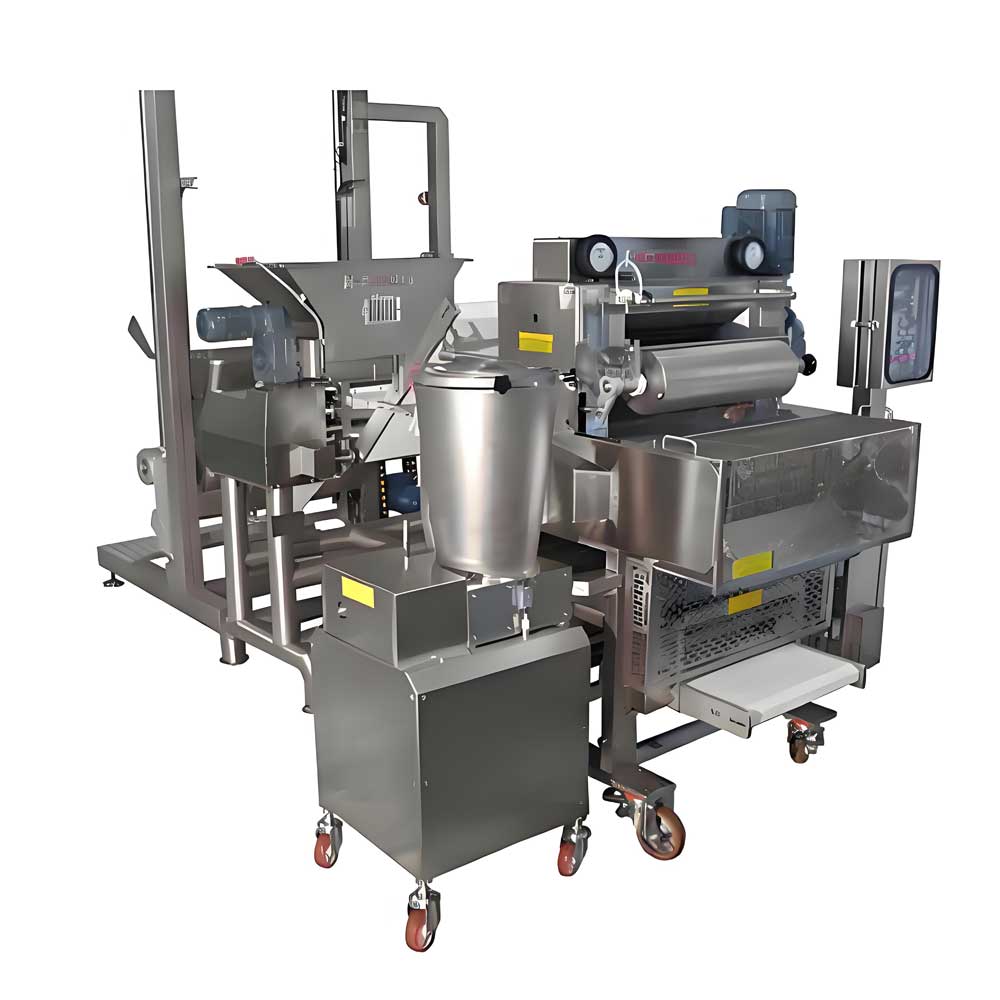 Pelmeni Making Machine
Pelmeni Making Machine
Ready to Get Started?